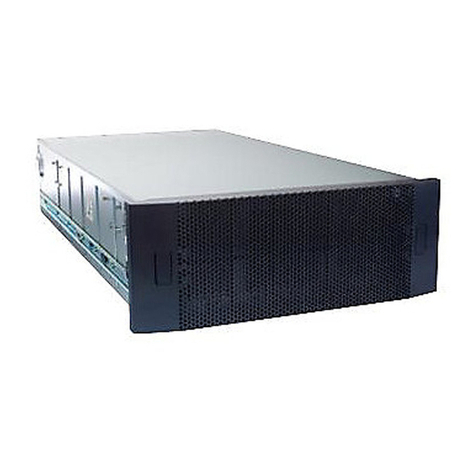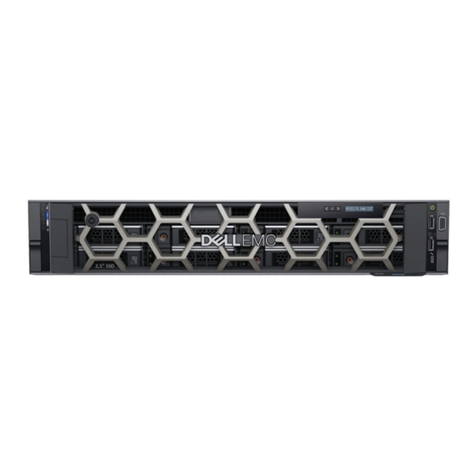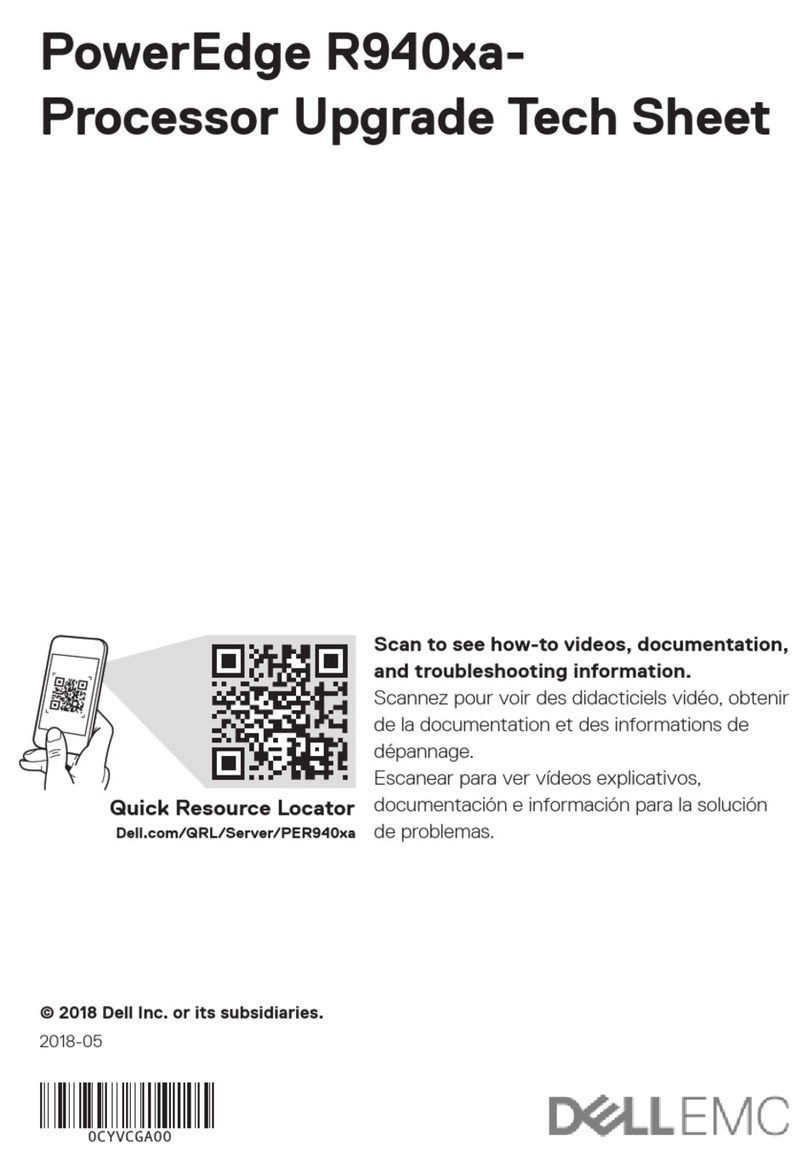10 OpenManage systems management............................................................................ 26
iDRAC with Lifecycle controller........................................................................................................................................ 26
iDRAC features and comparison.................................................................................................................................26
Agent-free management................................................................................................................................................... 31
Agent-based management................................................................................................................................................ 31
OpenManage console.......................................................................................................................................................32
OpenManage systems management tools, utilities and protocols..................................................................................... 32
OpenManage Integrations................................................................................................................................................ 33
OpenManage Connections...............................................................................................................................................33
11 Appendix A. Additional specications........................................................................... 34
Dimensions and weight.....................................................................................................................................................34
Environmental specications............................................................................................................................................ 34
Video specications .........................................................................................................................................................35
USB ports........................................................................................................................................................................ 35
12 Appendix B. Standards compliance.............................................................................. 37
13 Appendix C: Additional resources.................................................................................38
14 Appendix D. Support and deployment services............................................................ 39
ProDeploy Enterprise Suite and Residency Services.........................................................................................................39
ProDeploy Plus........................................................................................................................................................... 39
ProDeploy...................................................................................................................................................................39
Basic Deployment.......................................................................................................................................................39
Residency Services.................................................................................................................................................... 40
Deployment services........................................................................................................................................................ 40
Remote Consulting Services............................................................................................................................................ 40
Data Migration Service.....................................................................................................................................................40
ProSupport Enterprise Suite.............................................................................................................................................40
ProSupport Plus................................................................................................................................................................41
ProSupport....................................................................................................................................................................... 41
ProSupport One for Data Center......................................................................................................................................42
Support Technologies....................................................................................................................................................... 42
SupportAssist.............................................................................................................................................................42
TechDirect.................................................................................................................................................................. 43
Additional professional services........................................................................................................................................ 43
Dell Education Services.................................................................................................................................................... 43
Dell EMC Global Infrastructure Consulting Services......................................................................................................... 43
Dell EMC Managed Services............................................................................................................................................ 43
4































